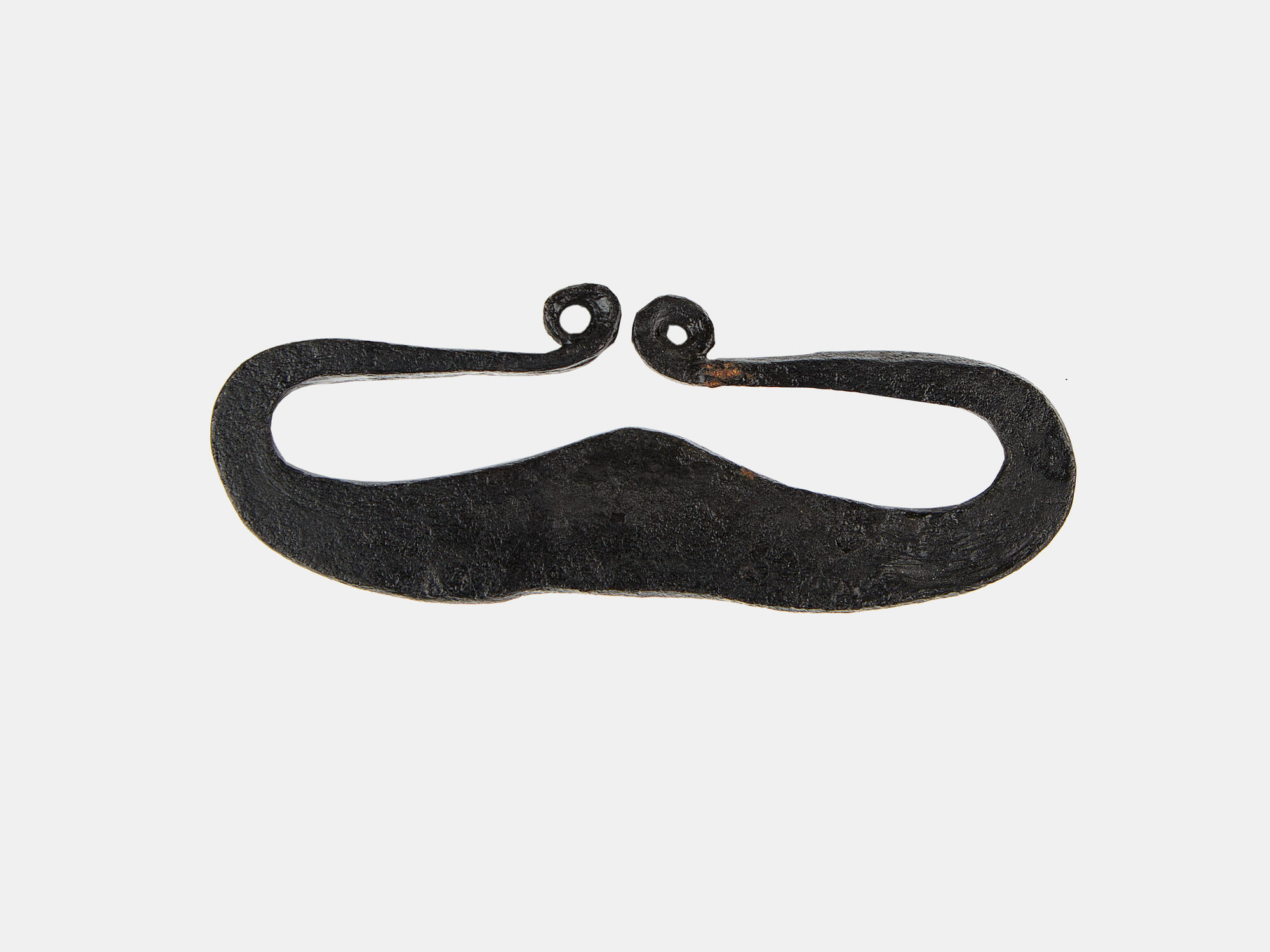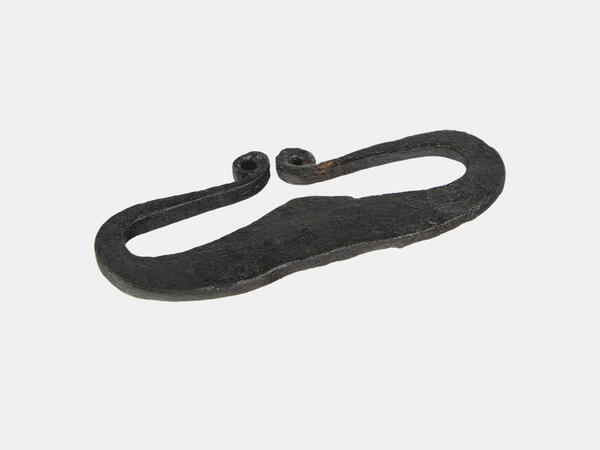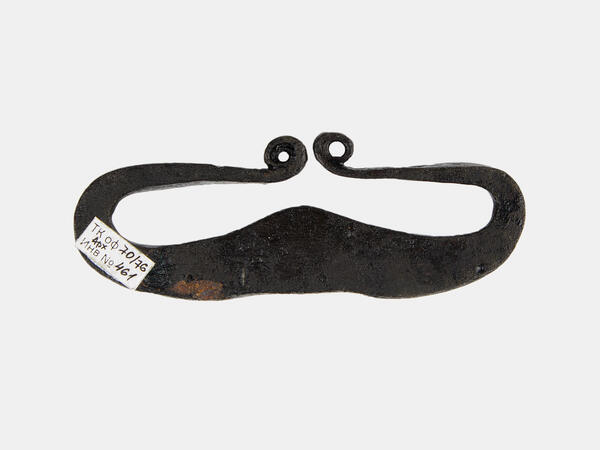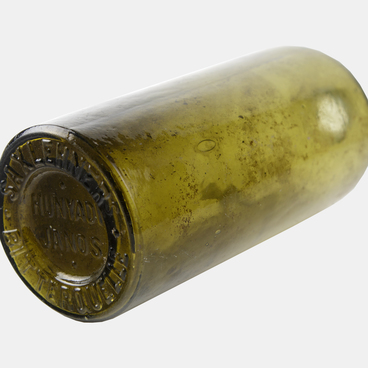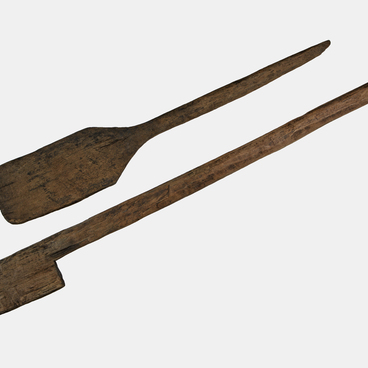A fire striker is a tool used in fire making. It was in use from ancient times until the beginning of the 19th century, when matches were invented. Today, tourists still use fire strikers because it allows them to make fire in all weather conditions.
The Russian term — “kresalo” — goes back to the Proto-Slavic verb “kresat”, which means “to strike fire”. A fire striker is a small, forged metal bracket. When the flint strikes the fire steel, it shaves off iron flakes, which flare up upon contact with oxygen.
The simplest set consists of fire steel, flint, and tinder — a material that easily ignites from a spark. Tinder can be a fragment of a wick, a piece of a rag, a dried tinder fungus, birch bark, dry grass, wax paper, cotton wool, a spruce cone, or a pine needle. By striking the steel the flint sends off the sparks that ignite the tinder. The tinder is fanned, brought to the wood chips, and the flame is lit.
A flint is a fragment of material that is much denser than stone. Initially, people used the natural mineral flint which was a type of quartz. It was subsequently replaced by other hard quartz minerals, including pyrite, but the name remained the same. Today, hardened steel is used instead of the mineral.
If the flint has sharp edges, then sparks are struck faster. In prehistoric times people used flint in their first attempts to make fire, as well as to make durable arrowheads and spears. Flint can scratch glass, so its properties became a metaphor for strength and durability.
Many Russian proverbs, sayings and riddles are also associated with flint, which show the people’s attitude to this subject: “Just as flint requires a steel, so a man in the steppe needs a comrade”; “The stone horse and the iron horse strike fire”; “Iron and stone strike a flame.”
People considered a fire striker to be the best gift: according to popular belief, it contained a hidden fire. It helped the housewife to keep the fire in the family hearth going, and to kindle the fire of passion — both for the person and for the business. It was believed that flint and fire cleansed the home from misfortune.
